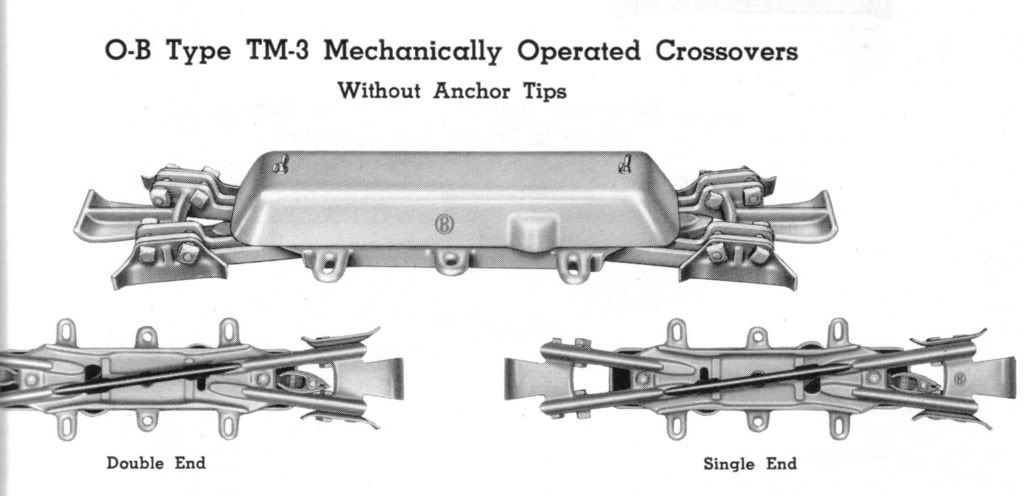by rail10
What type of overhed wires are used for modern light rail,traditional streetcar and trolley bus and how they differ?
Railroad Forums
Moderator: Nicolai3985
pennsy wrote:Hi All,Wire, when suspended between two fixed points forms a curve called a catenary. By using a long, heavy catenary, called a messenger wire, trolley wire can be suspended over longer distances between fixed supports with less vertical deflection. Hangers spaced short distances apart suspend the trolley wire from the messenger.
From observation, a vehicle, LRV, can successfully negotiate the trolley wires with its pantograph. A trolley, or streetcar, may or may not be able to negotiate a catenary with its wheel contact or its sliding contact. Depends upon the configuration of the catenary. The wheel might pop off the catenary, as it often does on trolley wire switches and pans, and the slide might just snag on some anomaly and tear the catenary down.
3rdrail wrote:A particularly interesting device, and one which gave a terrific display of arcing, dropping rivulets of sparks, was the "trolley guard",.Significant arcing should not occur at a trolley guard unless the trolley wheel or shoe has actually dewired or unless there is no trolley wire (contact wire) within the guard and the wheel or shoe always bounces around up there. In the latter case hopefully a series of ridges at the exiting end guides the wheel or shoe back onto the contact wire that resumes.
Disney Guy wrote:Pardon me. I thought that it would be readily understood by knowledgeable traction enthusiasts that I was speaking of instances whereby the collector came into contact directly with the guard, since a wheel/shoe which stays in contact with the wire does not make physical contact with the guard except electrically. In such a case, the guard does not fulfill it's function. It's sort of like a monk wearing a condom. (In theory.)3rdrail wrote:A particularly interesting device, and one which gave a terrific display of arcing, dropping rivulets of sparks, was the "trolley guard",.Significant arcing should not occur at a trolley guard unless the trolley wheel or shoe has actually dewired or unless there is no trolley wire (contact wire) within the guard and the wheel or shoe always bounces around up there. In the latter case hopefully a series of ridges at the exiting end guides the wheel or shoe back onto the contact wire that resumes.
